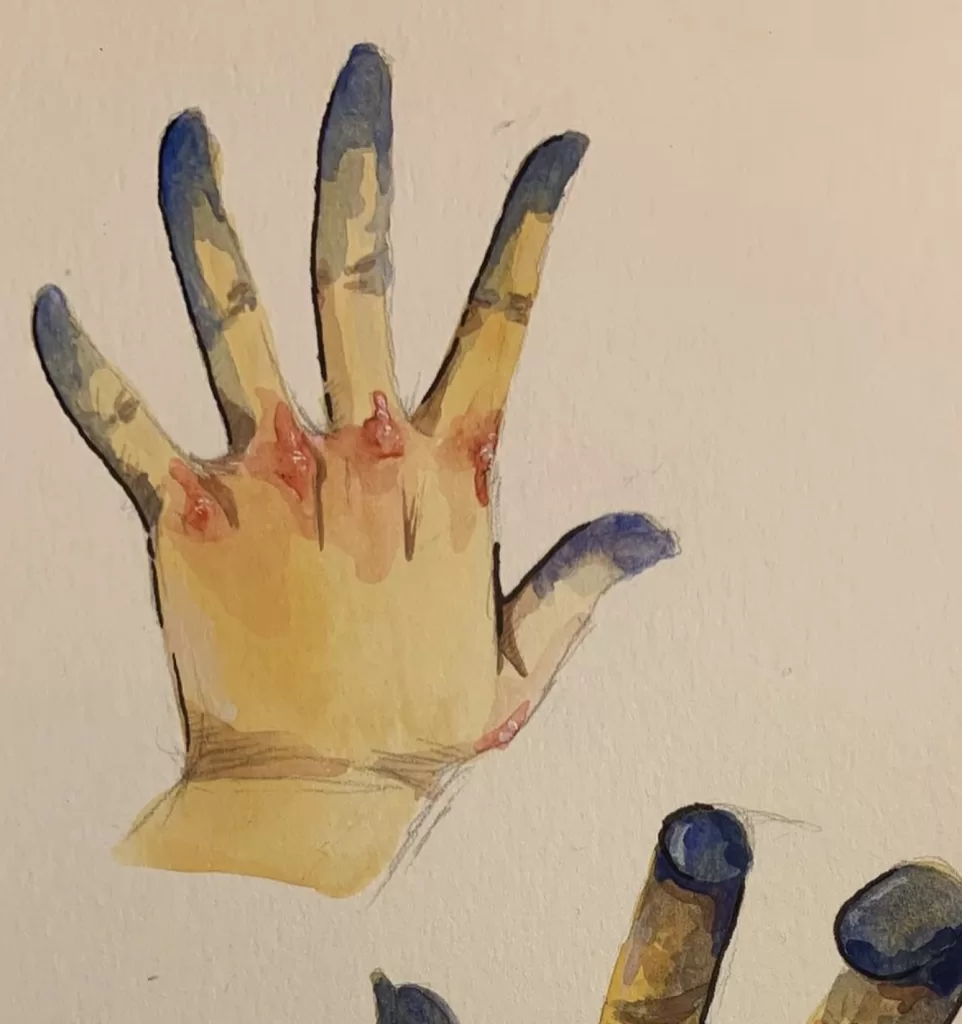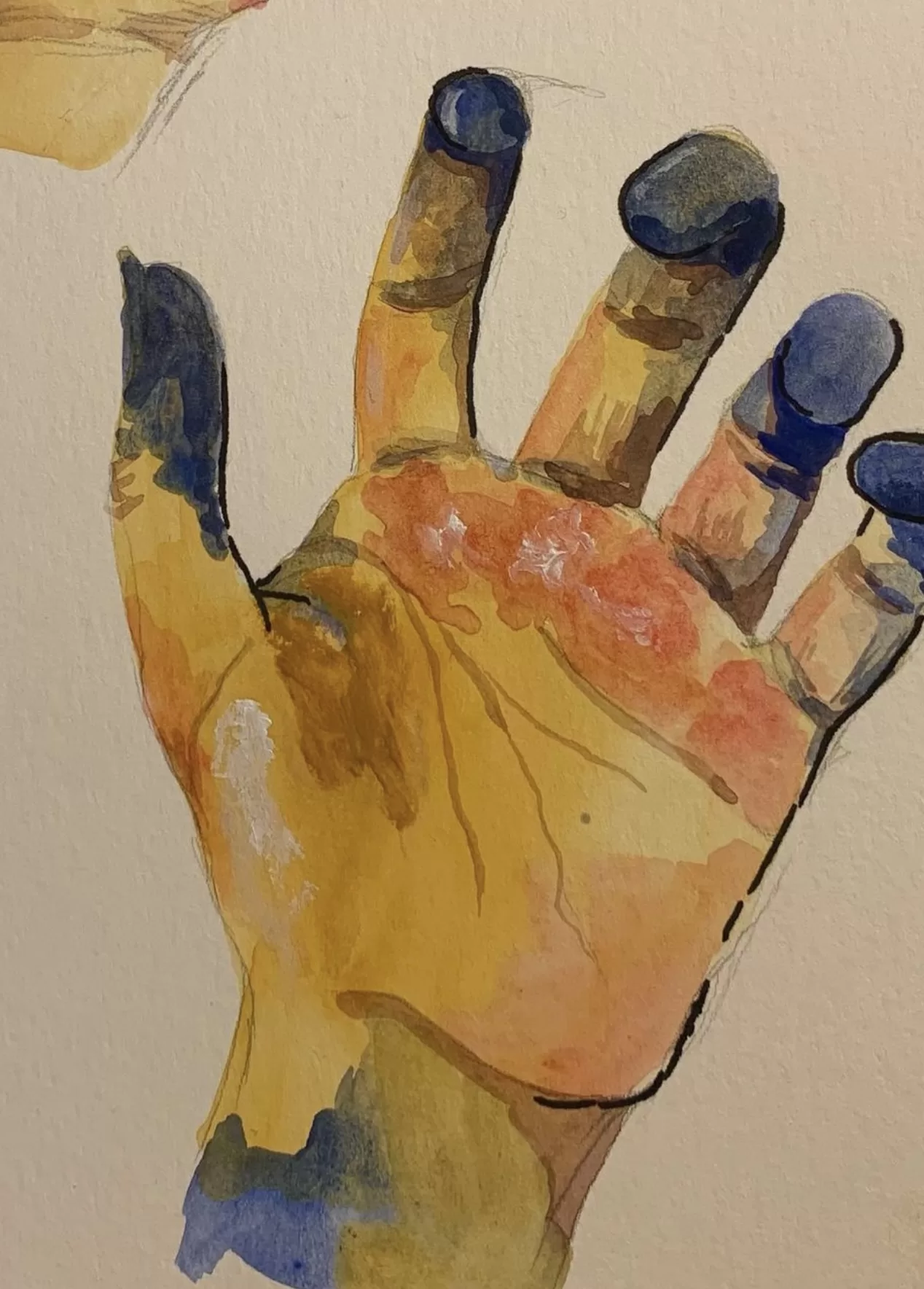There are many differences in types of watercolor brushes that will affect your artwork. In the past, I have written on different types of paintbrushes. I mostly focused on shape and what it means for your painting.
In this post, I will show the best watercolor brushes. Also, I will highlight the material they are made out of. This includes why it is important to know differences in material.
Watercolor Brushes
Materials:
- Natural Hair:
- Sable: Often considered the best for watercolor, particularly Kolinsky sable. It is known for its fine point, springiness, and ability to hold a lot of water.
- Squirrel: Very soft and absorbent, ideal for large washes but with less spring than sable.
- Goat: Used in mop brushes for large washes; very absorbent but less precise.
- I would choose the natural haired brush every time over the synthetic for watercolor. It retains moisture much better.
- Synthetic Fibers:
- Designed to mimic natural hair properties like water retention and flexibility. However, modern synthetics can be very effective. They are more affordable and durable than natural hair.
Characteristics:
- Water Retention: These brushes are designed to hold a significant amount of water and paint. Also, this allows for smooth, continuous strokes and washes.
- Softness and Flexibility: The bristles are softer and more flexible, providing delicate control and smooth application.
- Snap and Spring: The snap of the paintbrush is when it “snaps” back to its original shape. The spring accounts for how stiff the brush is.
- Ideally, you want a brush that retains its shape very well so you can be precise. However, you dont want it to be a stiff brush. The softer the brush, the better for watercolor.

What I would Recommend:
I would personally recommend “mop” brushes. The reason why is because, I’m sure you can tell, from the name! They hold an absurdly large amount of water in them.
Also, they hold their shape very well. While they are very soft and flimsy brushes, they have a sharp tip. This means that you are able to make your point very fine, and make your strokes very large!

